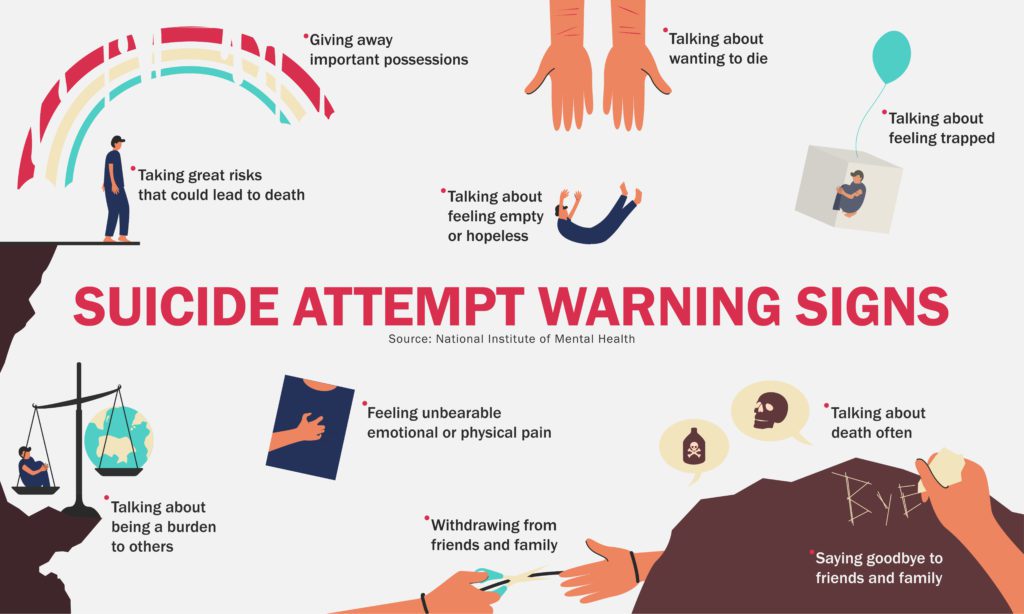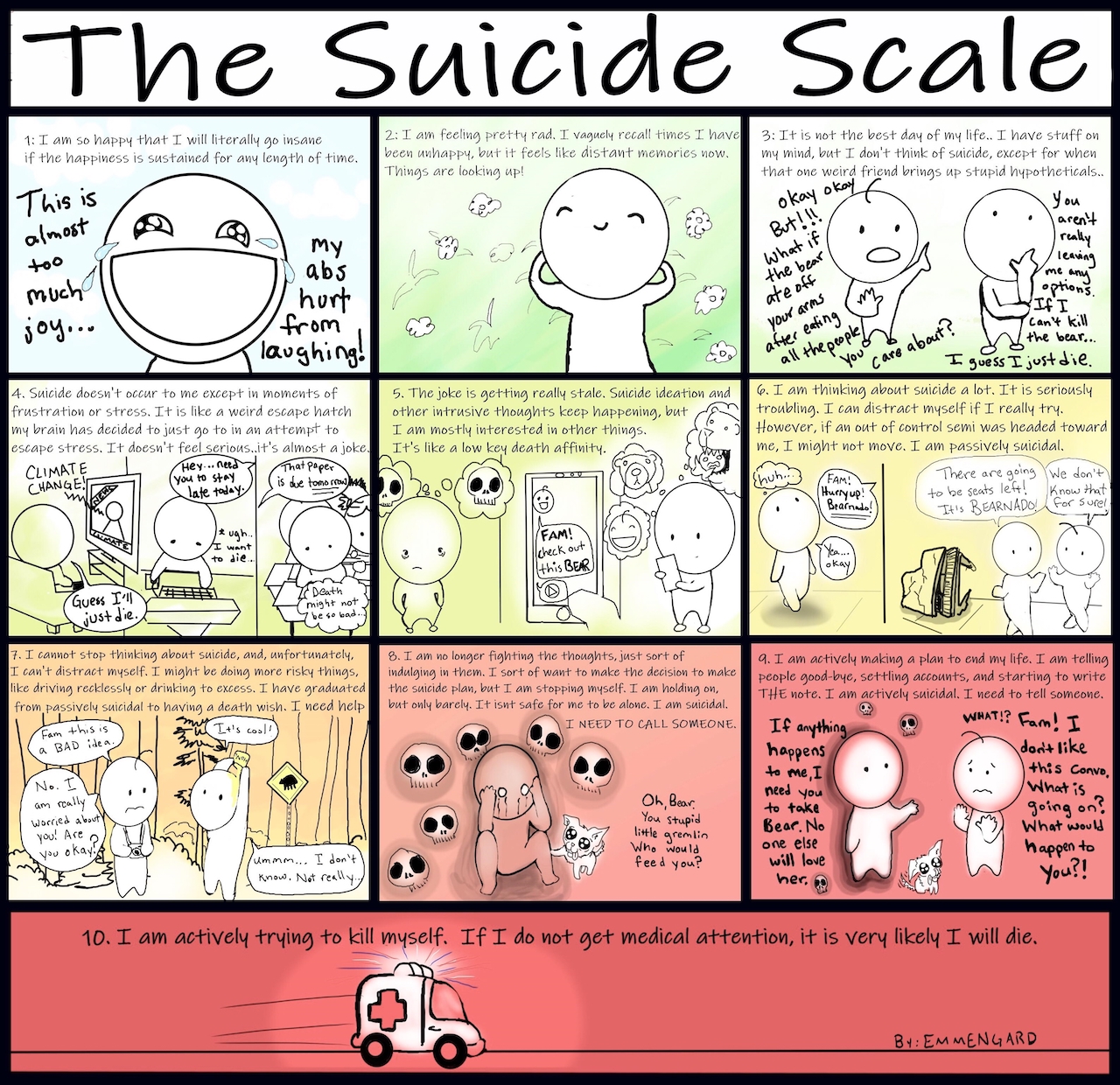Discover The Least Painful Way To Die [Expert Insights]
What's the least painful way to die? A question that has haunted humanity for centuries. From ancient philosophers to modern-day medical professionals, the search for a peaceful and painless end has been an ongoing pursuit.
While there is no single answer that applies to everyone, there are certain methods that have been shown to be less painful than others. These methods typically involve the use of medications or other techniques to sedate the individual and minimize their suffering.
The importance of finding a least painful way to die cannot be overstated. For those facing a terminal illness, the prospect of a peaceful and dignified death can provide immense comfort and peace of mind. It can also help to alleviate the emotional and psychological burden on family and loved ones.
In recent years, there has been a growing movement towards legalized euthanasia and assisted suicide. These practices allow individuals with terminal illnesses to end their lives with medical assistance. While these practices are still controversial in many parts of the world, they offer a potential solution for those who are seeking a least painful way to die.
What's the least painful way to die?
When faced with a terminal illness, the question of how to die with dignity and the least amount of pain becomes paramount. While there is no single answer that applies to everyone, there are certain key aspects to consider when making this difficult decision.
- Medical methods: Advances in modern medicine offer a range of options for pain management, including palliative care, sedation, and anesthesia.
- Non-medical methods: Some people find comfort and pain relief through non-medical methods such as meditation, yoga, and spiritual practices.
- Legal considerations: In some countries, euthanasia and assisted suicide are legal options for terminally ill patients.
- Personal preferences: Ultimately, the decision of how to die is a personal one. It is important to consider one's own values, beliefs, and wishes.
- Support systems: Having a strong support system of family, friends, and healthcare professionals can provide invaluable comfort and assistance during this difficult time.
These key aspects are interconnected and should be considered together when making decisions about end-of-life care. By carefully weighing these factors, individuals can make choices that are in line with their own values and preferences, ensuring a peaceful and dignified death.
- Wentworth Miller Wife And Kids
- Does Douglas Murray Have A Partner
- Mark Rober Wife
- Masa49 Viral Mms
- Gary Desorbo
Medical methods
In the context of "what's the least painful way to die," medical methods play a crucial role in alleviating suffering and promoting a peaceful end-of-life experience.
- Palliative care focuses on providing comfort and support to patients with life-limiting illnesses, aiming to improve their quality of life and manage pain and other symptoms.
- Sedation involves the use of medications to induce a state of relaxation and reduce consciousness, which can be beneficial for patients experiencing severe pain or anxiety.
- Anesthesia is a medical procedure that renders patients unconscious and pain-free during surgical or other medical interventions, which can be employed in end-of-life care to ensure a comfortable and painless death.
These medical methods offer a range of options tailored to the specific needs of each patient, allowing healthcare professionals to customize pain management strategies and provide the least painful way to die.
Non-medical methods
In the realm of exploring "what's the least painful way to die," non-medical methods offer a unique and complementary approach to pain management and end-of-life care.
- Mind-body practices
Meditation, yoga, and other mind-body practices have been shown to reduce stress, anxiety, and pain perception. By promoting relaxation and inner peace, these practices can provide comfort and improve the overall well-being of individuals facing terminal illnesses.
- Spiritual practices
For many people, spiritual practices offer a source of meaning, purpose, and connection during end-of-life transitions. Prayer, rituals, and spiritual counseling can provide emotional and psychological support, reducing feelings of isolation and fear.
- Creative expression
Engaging in creative activities such as art, music, or writing can provide an outlet for emotions, facilitate self-expression, and promote a sense of accomplishment. Creative expression can empower individuals to process their experiences and find meaning in their final days.
- Nature connection
Spending time in nature has been associated with reduced stress, improved mood, and enhanced feelings of well-being. Surrounding oneself with the beauty and tranquility of nature can provide comfort and solace during end-of-life care.
These non-medical methods, while not directly addressing physical pain, play a vital role in promoting holistic well-being and creating a more peaceful and meaningful end-of-life experience.
Legal considerations
In the context of "what's the least painful way to die," legal considerations surrounding euthanasia and assisted suicide present a complex and multifaceted dimension.
- Patient Autonomy and Choice
Euthanasia and assisted suicide laws grant terminally ill patients the legal right to make decisions about their own end-of-life care. This empowers individuals to choose a peaceful and dignified death, alleviating suffering and respecting their personal values.
- Medical Safeguards and Oversight
Legal frameworks for euthanasia and assisted suicide typically include stringent medical safeguards and oversight mechanisms. This ensures that patients are fully informed, competent to make decisions, and have access to palliative care and pain management options before considering these end-of-life choices.
- Ethical and Religious Perspectives
Euthanasia and assisted suicide raise complex ethical and religious questions. Some argue that these practices violate the sanctity of life and undermine the value of human existence. Others maintain that individuals have the right to self-determination and should be allowed to end their suffering.
- Impact on Society
Legalizing euthanasia and assisted suicide has broader societal implications. It can influence societal attitudes towards death and dying, raise questions about the role of healthcare professionals in end-of-life decision-making, and impact the allocation of healthcare resources.
These interconnected facets highlight the legal, ethical, and societal dimensions surrounding euthanasia and assisted suicide, underscoring their relevance to the quest for "what's the least painful way to die."
Personal preferences
In exploring "what's the least painful way to die," personal preferences play a pivotal role in shaping end-of-life decisions. The least painful way to die is not a one-size-fits-all concept; it is deeply influenced by individual values, beliefs, and wishes.
For some, the least painful way to die may involve minimizing physical suffering through medical interventions such as palliative care or sedation. Others may prioritize emotional and spiritual well-being, finding comfort in non-medical practices like meditation or spending time in nature. Legal considerations, such as the availability of euthanasia or assisted suicide, may also factor into personal preferences.
Understanding the connection between personal preferences and "what's the least painful way to die" is crucial for healthcare professionals, family members, and individuals facing end-of-life decisions. By respecting and honoring personal values and wishes, we can support individuals in making choices that align with their unique needs and beliefs, ensuring a peaceful and dignified death.
Support systems
In the context of "what's the least painful way to die," support systems play an essential role in promoting a peaceful and dignified end-of-life experience.
- Emotional and Psychological Support
Family, friends, and healthcare professionals can provide emotional and psychological support to individuals facing terminal illnesses. They offer a listening ear, empathy, and reassurance, helping to reduce feelings of isolation, fear, and anxiety. This support creates a sense of belonging and security, allowing individuals to feel loved and cared for during a challenging time.
- Practical Assistance
Support systems can provide practical assistance with daily tasks and medical care. They can help with transportation to appointments, meal preparation, medication management, and personal care. This assistance alleviates the burden on individuals and their families, allowing them to focus on their well-being and emotional needs.
- Spiritual and Existential Support
For some individuals, spiritual and existential support is an important aspect of end-of-life care. Family, friends, and healthcare professionals who share similar beliefs or values can provide a sense of meaning and purpose during this time. They can engage in meaningful conversations, offer prayers or meditations, and help individuals explore their spiritual beliefs and concerns.
- Advocacy and Decision-Making Support
Support systems can act as advocates for individuals facing end-of-life decisions. They can help navigate complex medical information, communicate preferences to healthcare providers, and ensure that individuals' wishes are respected. This support empowers individuals to make informed choices and have control over their end-of-life care.
A strong support system is a cornerstone of a peaceful and dignified death. By providing emotional, practical, spiritual, and decision-making support, family, friends, and healthcare professionals can help individuals navigate the challenges of terminal illness and find comfort and meaning during their final days.
FAQs on "What's the least painful way to die"
This section addresses frequently asked questions surrounding the topic of "what's the least painful way to die," providing informative answers to common concerns and misconceptions.
Question 1: Is euthanasia the only way to ensure a painless death?
No, euthanasia is not the only option for a painless death. Advances in palliative care, pain management techniques, and supportive care can effectively alleviate suffering and promote comfort during the end-of-life stage.
Question 2: Are there non-medical methods to reduce pain at the end of life?
Yes, non-medical methods such as meditation, yoga, and spiritual practices can complement medical interventions to reduce pain and improve well-being. These methods promote relaxation, inner peace, and a sense of meaning, contributing to a more comfortable end-of-life experience.
Question 3: How can I prepare for a peaceful death?
Preparing for a peaceful death involves open communication with loved ones and healthcare providers, creating an advance care plan, and exploring personal preferences regarding end-of-life care. This preparation provides a sense of control and reduces uncertainty, promoting a more dignified and meaningful death.
Question 4: What is the role of family and friends in supporting a painless death?
Family and friends play a crucial role in supporting a painless death by providing emotional comfort, practical assistance, and advocacy. Their presence and care can alleviate feelings of isolation and fear, ensuring that the individual's wishes and preferences are respected.
Question 5: How can I access palliative care services?
Palliative care services are typically offered through hospitals, hospices, and community organizations. Individuals can inquire about these services through their healthcare providers or by contacting local healthcare facilities.
Question 6: Are there any legal considerations related to end-of-life decisions?
Legal considerations vary depending on the jurisdiction. It is essential to be aware of the legal framework surrounding euthanasia, assisted suicide, and advance care directives to ensure that personal preferences are aligned with legal requirements.
These FAQs provide a starting point for understanding the complexities surrounding "what's the least painful way to die." Open communication, informed decision-making, and a strong support system are key elements in ensuring a peaceful and dignified end-of-life experience.
To learn more about end-of-life care and pain management, consult with healthcare professionals, explore reputable resources, and connect with support groups or organizations specializing in palliative care.
Conclusion
The exploration of "what's the least painful way to die" encompasses a multifaceted understanding of pain management, medical advancements, non-medical practices, legal considerations, personal preferences, and the role of support systems in ensuring a peaceful and dignified end-of-life experience.
While there is no universal answer, this article has delved into the complexities surrounding this question, emphasizing the importance of open communication, informed decision-making, and the availability of palliative care services. By raising awareness and fostering discussions, we can empower individuals to navigate this challenging time with dignity, comfort, and a sense of control.
- Plumpy_mage Leak
- Marie Temara Leaked Only Fans
- George Clooneys Children
- Wentworth E Miller Ii
- Alex Fine Parents

The Stigma of Suicide Community Health Systems of Wisconsin

This Suicide Scale Can Help Others Understand Your Suicidal Thoughts